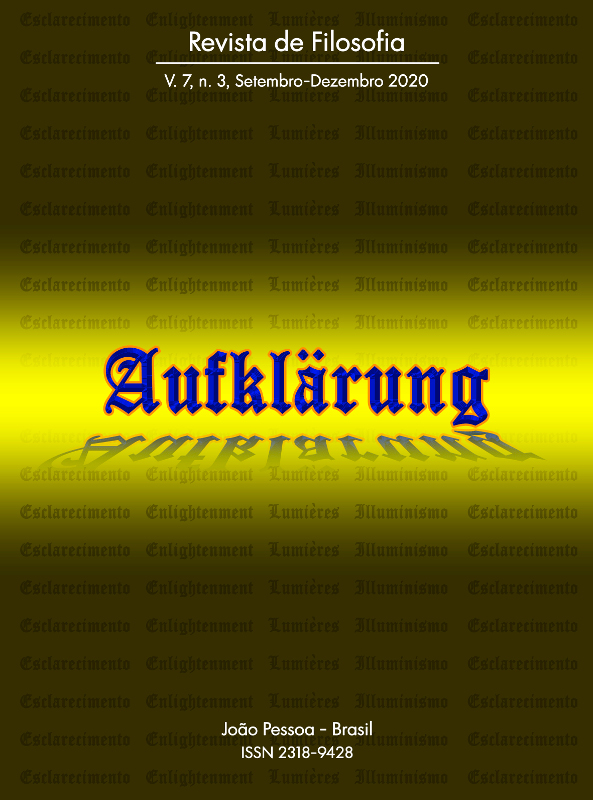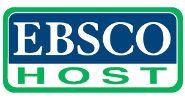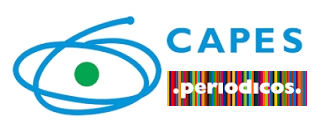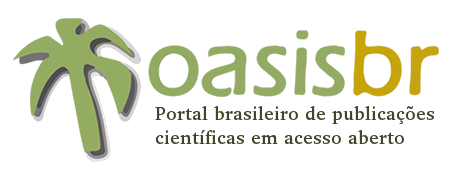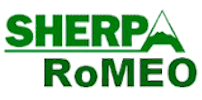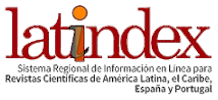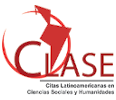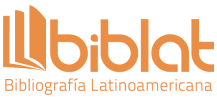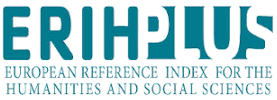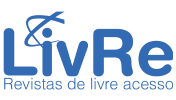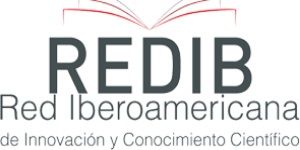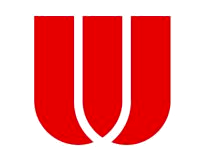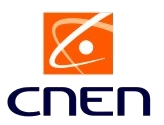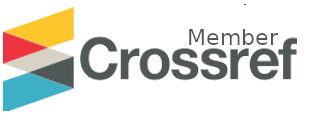Themata e Paradigms: two epitemological different concepts but with relations
DOI:
https://doi.org/10.18012/arf.v7i3.52344Keywords:
Themata, paradigma, differences, relationsAbstract
Apesar de nunca ter apresentado um conceito suficientemente preciso de thema/themata, Gerald Holton teve desde sempre a preocupação de alertar para a possível confusão entre os themata e diversas outras entidades que, podendo em alguns aspetos assemelhar-se aos themata, são, contudo, de natureza e de funcionamento distintos e como tal devem ser consideradas. É neste contexto de delimitação que surgem os paradigmas, de Thomas Kuhn, relativamente aos quais Gerald Holton sempre fez questão de contrapor os seus themata. Neste artigo apresenta-se uma análise comparativa que identifica diferenças essenciais mas também relações entre estes dois importantes conceitos da epistemologia do século XX, um inscrito numa epistemologia continuista (os themata) e outro epistemologicamente descontinuista (os paradigmas).
Downloads
References
HOLTON, Gerald. Thematic Origins of Scientific Thought. Kepler to Einstein. Cambridge, Massachussets and London, England: Harvard University Press, 1975.
HOLTON, Gerald. On the Role of Themata in Scientific Thought. Science, Volume 188, April 25, p. 328-334. 1975a.
HOLTON, Gerald. On the Art of Scientific Imagination. Daedalus, vol 125, nº 2, p. 183-208, 1996.
HOLTON, Gerald. A Cultura Científica e os Seus Inimigos. Lisboa: Gradiva, 1998.
HOLTON, Gerald. Victory and Vexation in Science – Einstein, Bohr, Heisenberg and Others. Cambridge, Massachusetts and London, England: Harvard University Press, 2005.
KUHN, Thomas S. A Estrutura das Revoluções Científicas. São Paulo: Editora Perspectiva, 2000.
MASTERMAN, M. A natureza de um paradigma. In: LAKATOS, I.; MUSGRAVE, A. A Crítica e o Desenvolvimento do Conhecimento. S. Paulo: Cultrix, 1979. p. 72-108.
Additional Files
Published
How to Cite
Issue
Section
License
Journal general policy
1.This journal works under a Creative Commons License aplied to online journals. That icence can be read in the following link: Creative Commons Attribution 4.0 International (CC BY 4.0).
2.Accordingly to this License, a)the journal declares that authors hold the copyright of their articles without restrictions, and they can archieve them as post-print elsewhere. b)the journal allow the author(s) to retain publishing rights without restrictions.
Metadata Policy for information describing items in the repository
1. Anyone may access the metadata free of charge at anytime.
2.The metadata may be re-used in any medium without prior permission, even commercial purposes provided the OAI Identifier or a link to the original metadata record are given, under the terms of a CC BY license refered for the Journal.

